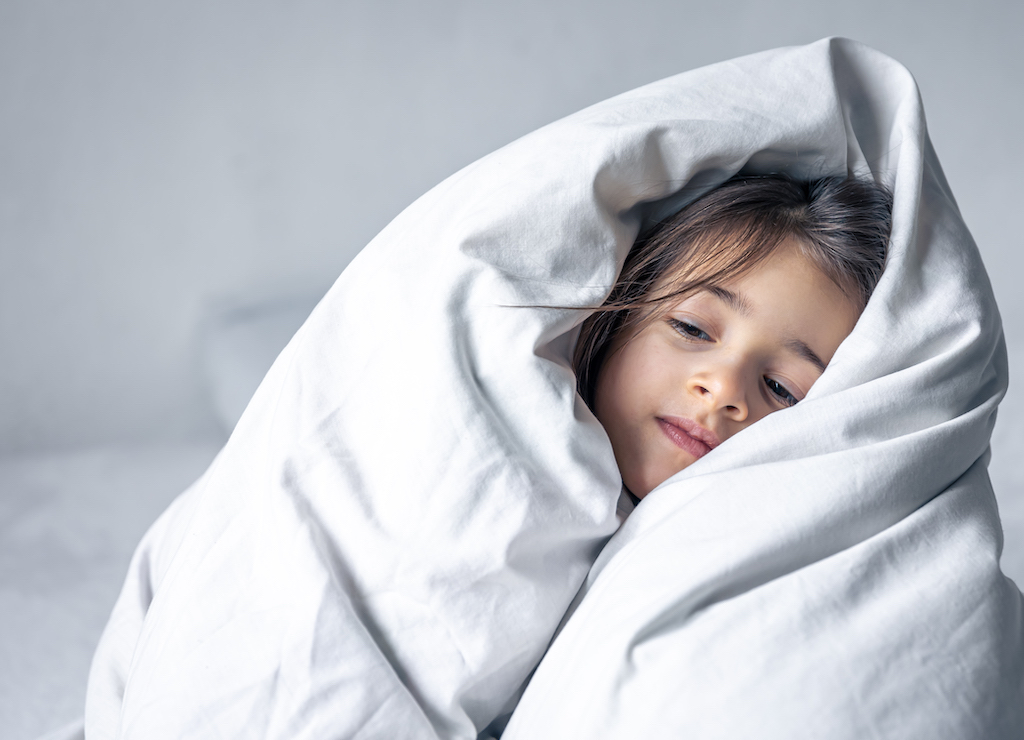SingaporeMotherhood | Baby & Toddler
March 2024
Bedwetting and Night Terrors: are these Sleep Disorders Disrupting your Child’s Nights?
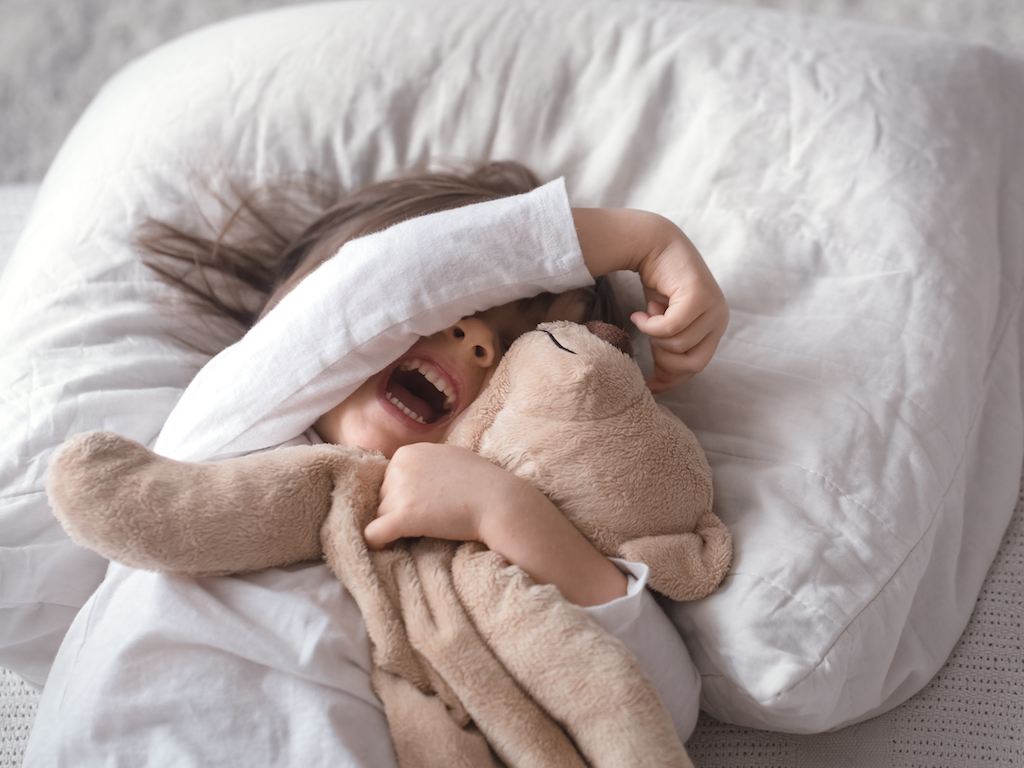
Your child has slept through the night, but there is a large wet patch on the bed. Your child wakes with a piercing scream in the middle of the night, thrashing around in bed. Bedwetting and night terrors are common yet distressing experiences, not just for the child, but also for their caregiver. But while both bedwetting and night terrors can be unsettling, they are usually outgrown as the child matures. In the meantime, being supportive measures and understanding can help play a crucial role in managing these challenges.
In part two of our World Sleep Day 2024 feature, Dr Jenny Tang, Senior Consultant Paediatrician at SBCC Baby & Child Clinic; Asthma, Lung, Sleep, Allergy & Paediatric Centre [a member of Healthway Medical Group], shares more about these sleep disorders, and what we can do to support and help our children manage them.
(See part one: SNORING? INSOMNIA? DAYTIME FATIGUE? YOUR CHILD COULD HAVE SLEEP DISORDERS)
(C) Bed-wetting
What are the causes of bedwetting?
Different children achieve bladder control and stop bed-wetting at different ages because every child matures at a different phase. Bed-wetting beyond the expected age of bladder control could be due to several factors, including:
- Family history of bed-wetting
- A small bladder
- A deep sleeper
- Stress and anxiety
- Underlying medical problem such as chronic constipation
- Urinary tract infection
- Obstructive sleep apnoea (OSA)
- Attention-deficit hyperactivity disorder (ADHD)
- Antidiuretic hormone (ADH), a hormone that reduces urine production at night deficiency
- Diabetes
- Kidney problems
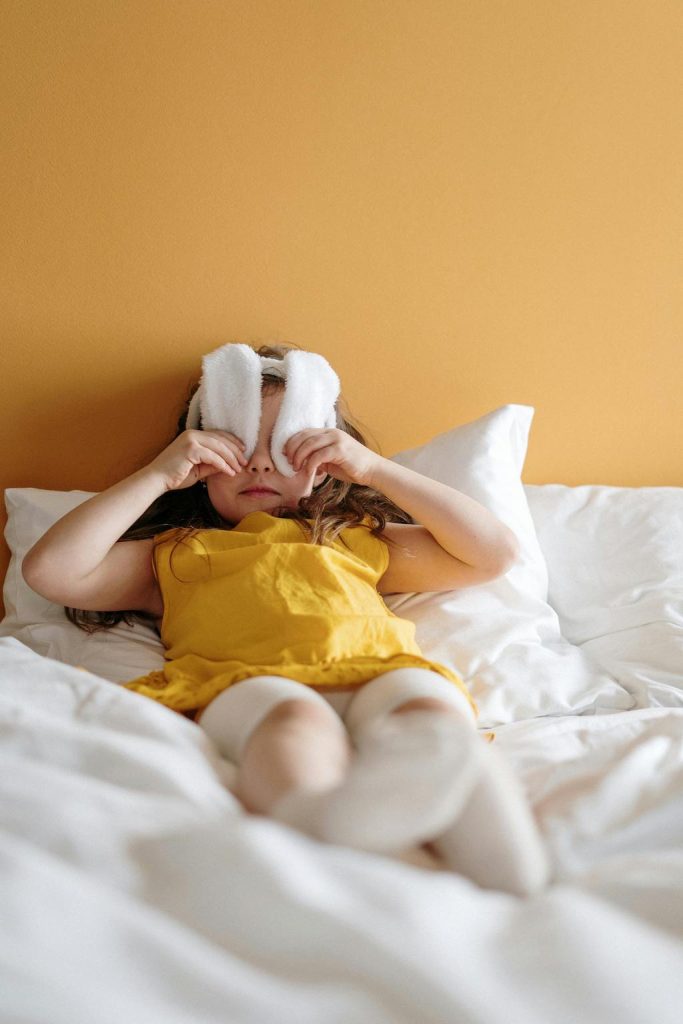
When should I be concerned about my child’s bed-wetting?
Many children are dry by night at age five, and most by age seven. A child who has frequent bed-wetting beyond the age of seven will benefit from a medical review to exclude any underlying cause.
What are some effective home remedies or ways to cure a child from a bed-wetting problem?
- Manage stress and anxiety if any
- Limit fluids in the evening, especially one to two hours before bedtime
- Avoid beverages and foods with caffeine, especially in the evening
- Encourage double-voiding before bed – urinating at the start of bedtime routine and just before lights out
- Encourage regular toilet use throughout the day and use a night light for easy access to bathroom at night
- Plan for easy clean up – use waterproof mattress protectors, thick absorbent underwear, keep extra bedding and change of pyjamas close at hand
- Keep a bed-wetting calendar and celebrate your child’s success and effort
(See also: 8 ISLAND RESORT GETAWAYS NEAR SINGAPORE TO VISIT FOR THE ULTIMATE FUN AND RELAXING FAMILY HOLIDAY)
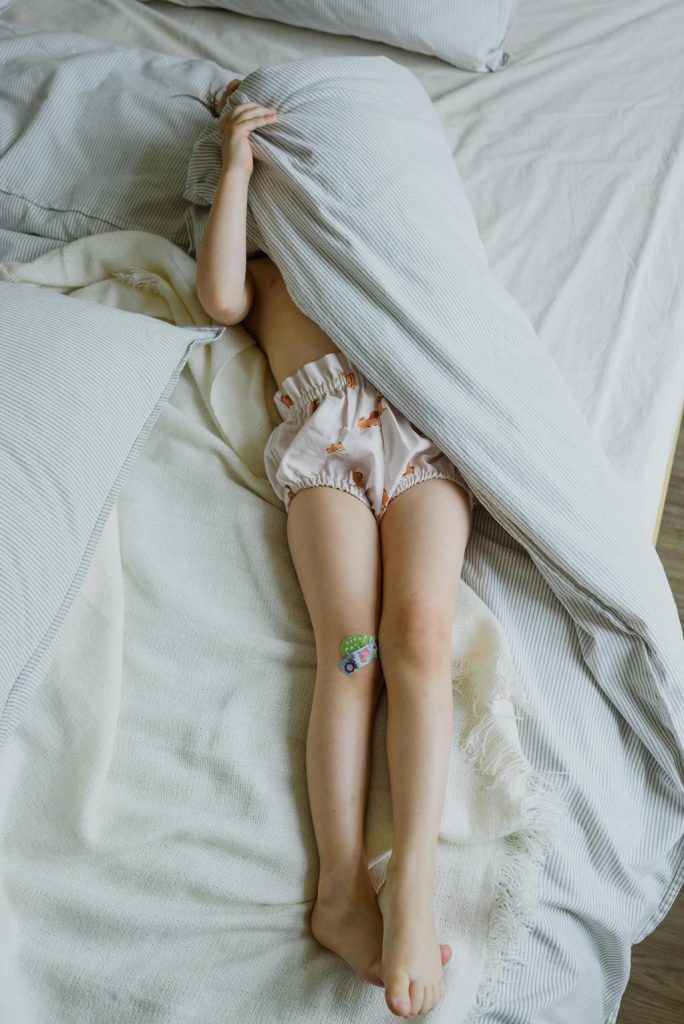
How is bed-wetting treated?
Most children outgrow bed-wetting on their own or with treatment of associated underlying medical conditions. If treatment is required, consider the following:
Moisture alarms – these are small, battery-operated devices connected to a moisture-sensitive pad on the child’s pyjamas or bedding. Upon sensing moisture, the alarm will go off to help the child wake up, stop the urine stream, and get to the toilet. It often takes up to 16 weeks to achieve dry nights and is effective for many children with low relapse rate.
Medication – oral tablets Desmopressin (DDAVP) are useful for reducing urine production at night and can be used for a short period of time to stop bed-wetting.
(D) Night terrors
What are night terrors?
Night terrors are a disorder of arousal from NREM (non-rapid eye movement) sleep or slow wave sleep. The child usually wakes with a piercing cry and shows intense fear. The event is usually sudden. The child sits up in bed, screams out in fear, and appears flushed, while experiencing a rapid heartbeat, respiratory rate, and increased muscle tone. The child is usually inconsolable and efforts to do so may worsen the reactions. If awakened, the child will appear confused and disorientated and have no recollection of the events thereafter. Movement away from the bed may occur, but is unusual.
Episodes typically last only a few minutes and usually the child returns to sleep on his own. The frequency ranges from a one-time event to a nightly occurrence and usually takes place in the first third of the night where slow wave sleep is more abundant. Some children have multiple episodes a night.
When do night terrors usually happen?
Night terrors tend to occur more frequently during episodes of fever, acute illness, stress, or in association with any disorder that reduces or disrupts sleep. These include sleep apnoea, gastroesophageal reflux, periodic limb movement disorder, sleep deprivation, irregular sleep-wake schedule, noise, and a full bladder.
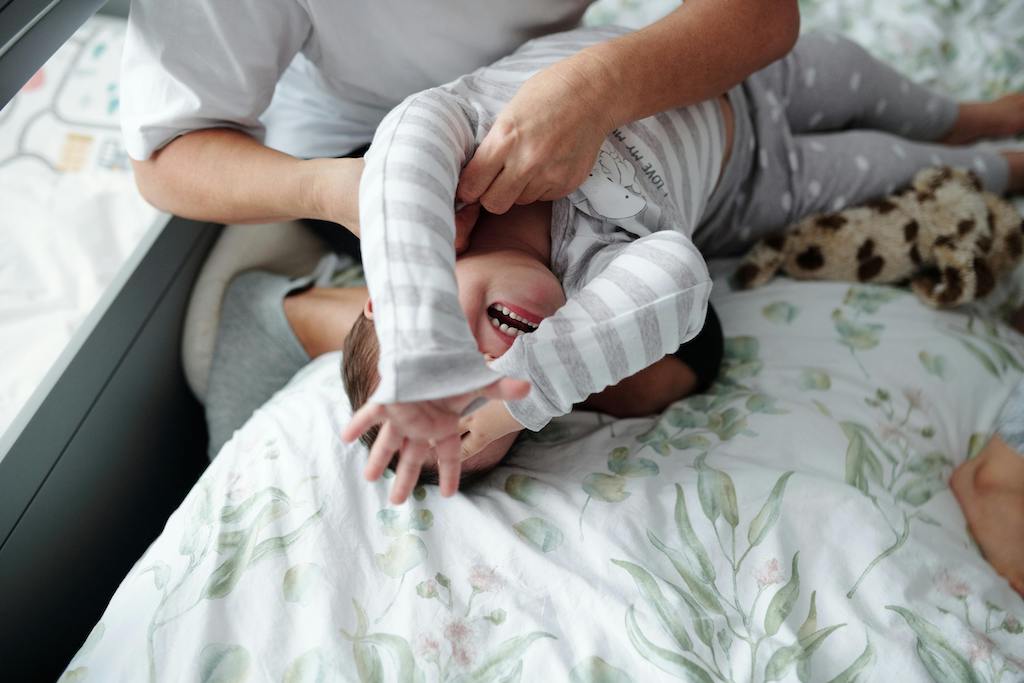
How are night terrors different from nightmares?
Nightmares that refer to frightening dreams that usually awaken the sleeping child from REM (rapid eye movement) sleep.
A nightmare is usually long and complicated, with a frightening ending. The dream content usually consists of some threat to the survival, security or self-esteem of the dreamer. When awakened, the child is able to recall events vividly.
When do nightmares usually happen?
Nightmares tend to occur during the last third of the night, where REM sleep is more abundant. Stress, traumatic events, anxiety, sleep deprivation and certain medications can trigger nightmares.
Here is a quick summary of the differences between night terrors and nightmares:
| CLINICAL DESCRIPTION | NIGHT TERRORS | NIGHTMARES |
| Displacement from bed | Unusual | Occasional after event |
| Autonomic activity | High to extreme | Mild to high |
| Stereotypic behaviour | Variable | Little movement |
| Vocalisation | Common | Uncommon |
| Arousal threshold | High. Agitated if woken | Low. Awake and agitated after event |
Will my child outgrow night terrors naturally?
Night terrors have been reported in 3% of prepubertal children. The typical onset is usually between two and four years old. Symptoms tend to decrease as the child grows older and rarely persist after puberty. Males are usually more susceptible and a familial pattern has also been noted.
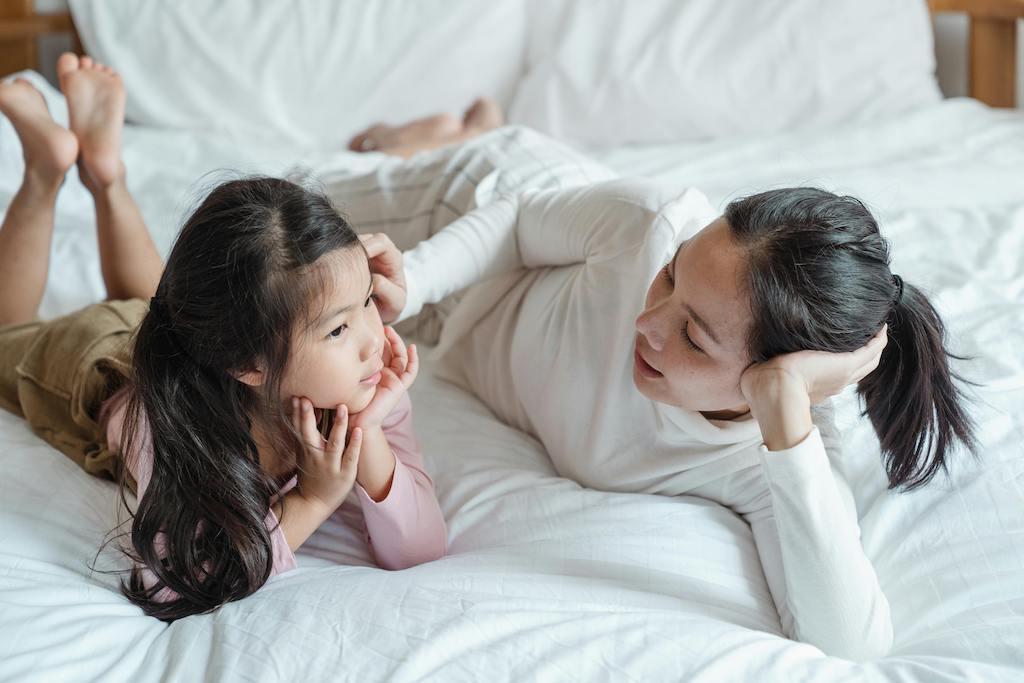
Under what circumstances would my child need a medical consultation on night terrors?
In mild cases, reassurance and education will suffice. Help your child to avoid trigger factors and to maintain good sleep hygiene. Interventions to prevent physical injuries such as avoiding the top level of bunk beds and installation of gates at top of stairways can help.
A medical consultation may be needed if the night terrors pose a safety risk, occur frequently, persistently and intensely, disrupting your child and/or caregivers sleep. It will also be needed if your child has a co-existing sleep disorder such as sleep apnoea and periodic limb movement disorder.
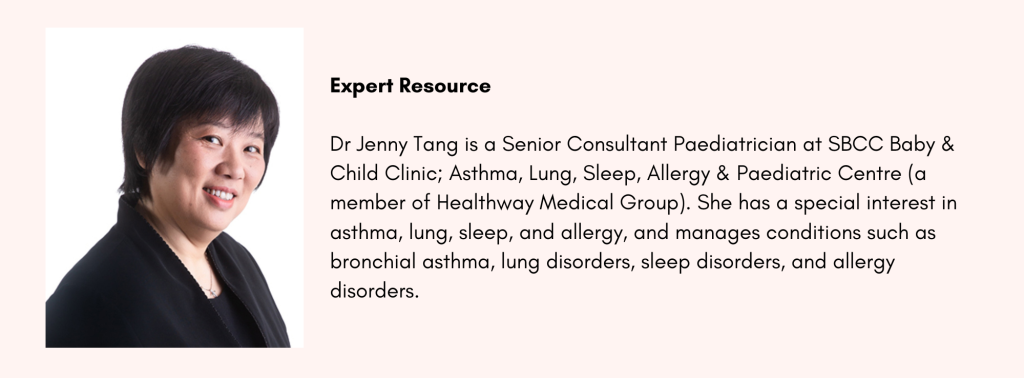
Featured image: pvproductions on Freepik
(See also: 5 AWESOME AIRPLANE BEDS AND SEAT EXTENDERS THAT MAKE FLIGHTS WITH KIDS A BREEZE)
All content from this article, including images, cannot be reproduced without credits or written permission from SingaporeMotherhood.
Follow us on Facebook, Instagram, and Telegram for the latest article and promotion updates.




